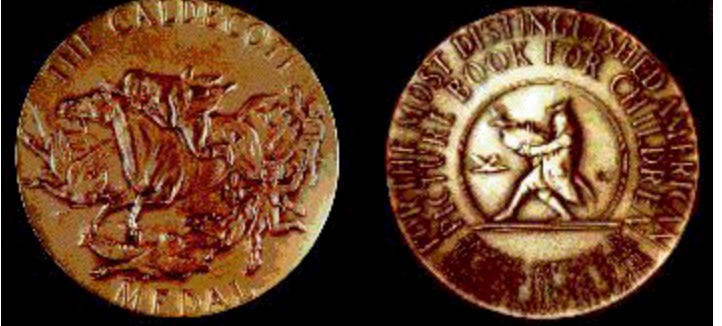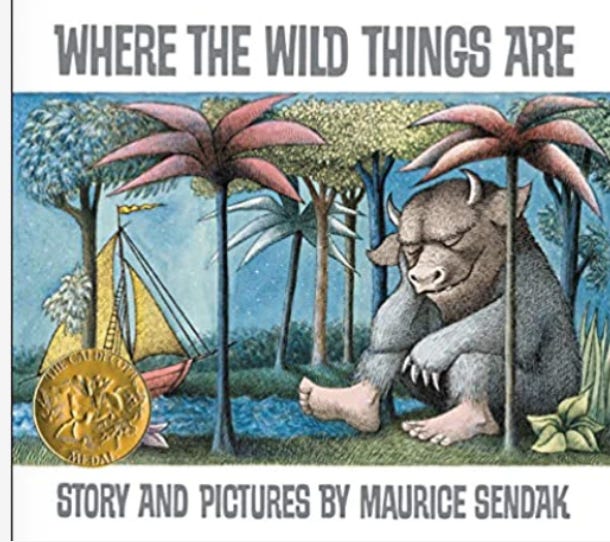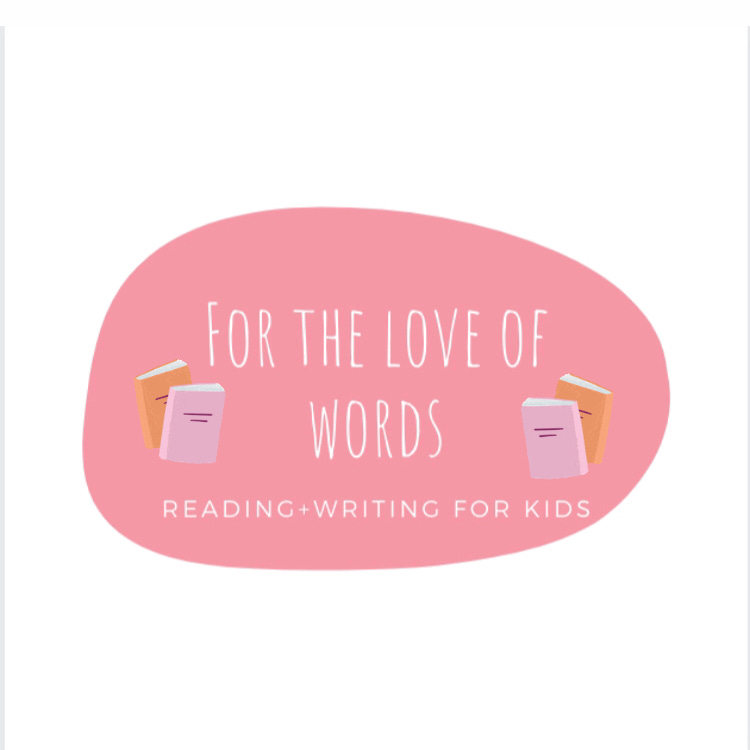Judging a Book by Its Medal
How do Caldecott and Newbery winners get picked and influence our reading?
I’d bet if you think back on some of your favorite children’s books, at least some of them would be medal winners. And I’d up the ante by betting that if you are a parent that cares what your child reads, when you go to a bookstore or library you’d favor a book with an award over some unknown title.
And to be perfectly honest, that makes a ton of sense. If it’s won an award then we know the book it vetted for. And if you’ve ever stood in a bookstore with the wealth of colorful book spines and covers the choice can be overwhelming. Seeing the shiny Caldecott or Newbery medal isn’t just about prestige, it’s also about narrowing down options and feeling like we are making the best choices for our kids.
How do we chose the right books? This is the forever question. Millions of bookstagram accounts and Substacks have rushed in to fill the void. (And a lot of them happen to be very good). But there is nothing more we can trust than an award we recognize and admire.
Where the Wild Things Are, Snowy Day, Make way for Ducklings, A Wrinkle in Time are fixtures in many of our libraries. And one could argue that a medal extends the shelf life of a book making it available for future generations of readers to share in our delight and wonder. Here’s a list all all the Caldecott winners from 1938-present and a list of Newbery winners from 1922-present.
But how do these books get chosen? Or to ask this another way, who is choosing our books for us? And why does that matter?
2022 is the first time a Caldecott Award was given to an indigenous children’s book.
If you consider the long history of storytelling in indigenous cultures this seems a little odd. Representation matters. Showing diverse experiences and people brings value to everyone. If you are a child and see yourself in a character that is empowering. If you are not represented you get to learn empathy. It’s a win win. But many of these awards historically have omitted non-white authors. But let’s take a step back and delve into how these awards were created in the first place.
Each year the Newbery Medal is awarded by the American Library Association for the most distinguished American children's books published the previous year. However, as many persons became concerned that the artists creating picture books for children were as deserving of honor and encouragement as were the authors of children's books, Frederic G. Melcher suggested in 1937 the establishment of a second annual medal. This medal is to be given to the artist who had created the most distinguished picture book of the year and named in honor of the nineteenth-century English illustrator Randolph J. Caldecott. The idea for this medal was also accepted enthusiastically by the Section for Library Work with Children of ALA and was approved by the ALA Executive Board.
Originally meant to serve children and recognize writing for children as true literature, these awards have extremely noble beginnings. But if you look back at all the list of winners, only until recently have they included writers and characters of color. Now this is reflective of many biases in publishes and bookselling at the time. Fault does not lie completely on Newbery/Caldecott shoulders.
What is worth emphasizing, is an award never tells the full story and shouldn’t be your only reason for picking a book.
The committee who selects these books are reflective of our cultural moment and thankfully that has come to include a range of voices. Personally, this doesn’t distract from the books I grew up loving. And in no way am I calling for a recall of past winners. In fact, my aim is much gentler- it is to relieve some stress about finding the perfect book, hopefully.
What does winning a medal do for a book?
Most importantly it boosts sales. The more a book is bought, the longer it stays in print, the more people get to read it, and the more beloved it becomes. Because the publishing business is well, a business, winning a medal is a major advantage and often necessity for the longevity of a publishing house.
So what does this all come down to? We know there is bias in any decision. We know that a medal winning book takes out the guesswork of what to read, and that it connected to the economy of publishing. But one thing I would happily add, is that they shouldn’t be your ONLY reason for picking a book.
If I can leave you with any parting wisdom it is this: Give a book a try. If not for the reason than reading is a gift and a delight. Your batting average may not be 10/10. But putting the focus on discovery and taking a chance on an unknown book is a pleasure in itself. You can read far and wide and there will always be something new to find.
Maybe even change the mindset of “what should my kids be reading?” to “what can we try?” Bring the joy back to reading by bringing the ease back to picking what you read.
I hope this helps bring some lightness to your book choices and if you like this post, I hope you will share with a friend. Thank you for reading!
What are you guys reading? I’d love to hear in the comments!









This is wonderful!
This was awesome, Olivia -- so well said, from beginning to end.